There’s something really rewarding about growing a big, beautiful aloe vera plant. Those plump, spiky leaves don’t just look good on your windowsill. They’re useful too. (Raise your hand if you’ve ever snapped one off to soothe a sunburn.)
But let’s be honest. Getting aloe to grow large and healthy indoors isn’t always as simple as the internet makes it look. I’ve had my share of sad, floppy plants over the years. Eventually, though, I figured out what actually works. And it’s not just sunlight and water.
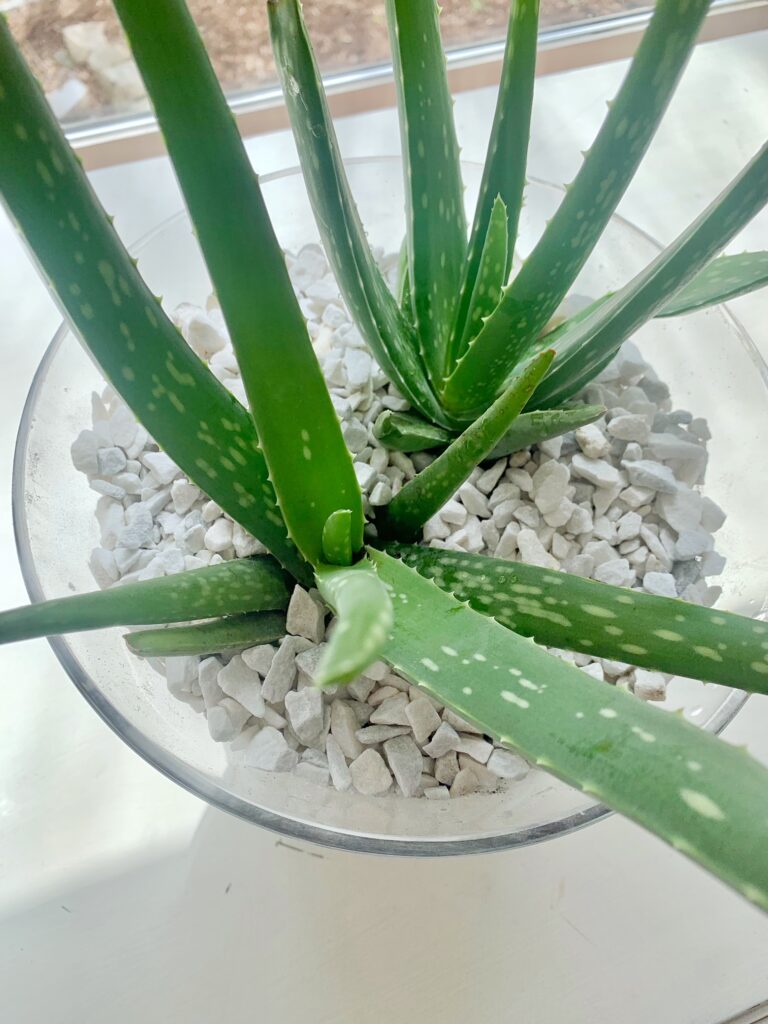
Content may contain affiliate links. When you shop the links, we receive a small commission at no cost to you. Thanks for supporting my small business.
In this post, I’ll walk you through everything I’ve learned about growing large aloe vera plants. What they need, what to avoid, and how to set them up to thrive. Whether you’re nursing a tiny starter plant or trying to revive one that’s stuck, I’ve got you.
Let’s get growing.
Jump to:
- What makes aloe vera grow big?
- Light: the #1 growth factor
- Pot size and shape matter
- Soil and drainage tips for bigger plants
- How to water aloe without stunting it
- Feed strategically for maximum growth
- Remove pups to help the mother plant grow
- Give it time
- Common growth problems
- Frequently asked questions
- How to set your large aloe vera plant up for success
- More Plant Inspiration to explore
What makes aloe vera grow big?
Some aloe plants stay petite their whole lives, but others have the potential to grow surprisingly large, especially with the right care. I've learned that while you can't force aloe to become a monster plant, you can absolutely create the right conditions for it to thrive and reach its full size.
Aloe vera is a slow grower by nature, and it won’t bulk up overnight. But when it's happy, you’ll notice thicker leaves, stronger roots, and a wider spread. The biggest game-changers in my experience? Plenty of light, the right container, well-draining soil, and just the right balance of water. Age plays a role too. The longer your aloe’s been around, the more likely it is to grow big and beautiful—so be patient and let it do its thing.
Ready to give your Aloe vera a boost? Let’s start with the most important factor: light.
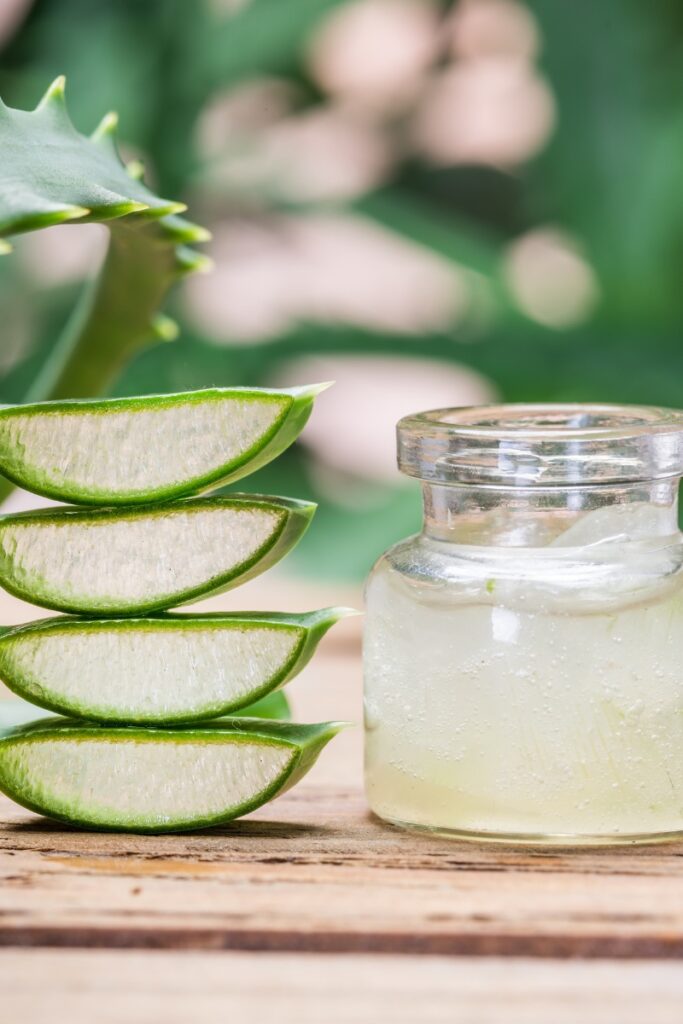
Light: the #1 growth factor
If there's one thing that makes or breaks aloe growth, it's light. My aloe plants started to take off when I moved them into a sunnier spot. They went from thin and floppy to thick and upright within a few weeks.
Aloe vera thrives in bright, direct sunlight. South or west-facing windows are usually best since they get the most consistent sun throughout the day. Aim for six to eight hours of light, and you'll see a big difference in growth and color.
If your home doesn’t get much natural light, a grow light can help. I’ve used this grow light in the winter and it kept my aloe healthy and compact when daylight was limited.
You’ll know your plant needs more light if it starts to stretch, lean toward the window, or lose its deep green color. Be sure to rotate it regularly and adjust its location if needed. Aloe uses light like fuel, and the more consistent the source, the better the growth.
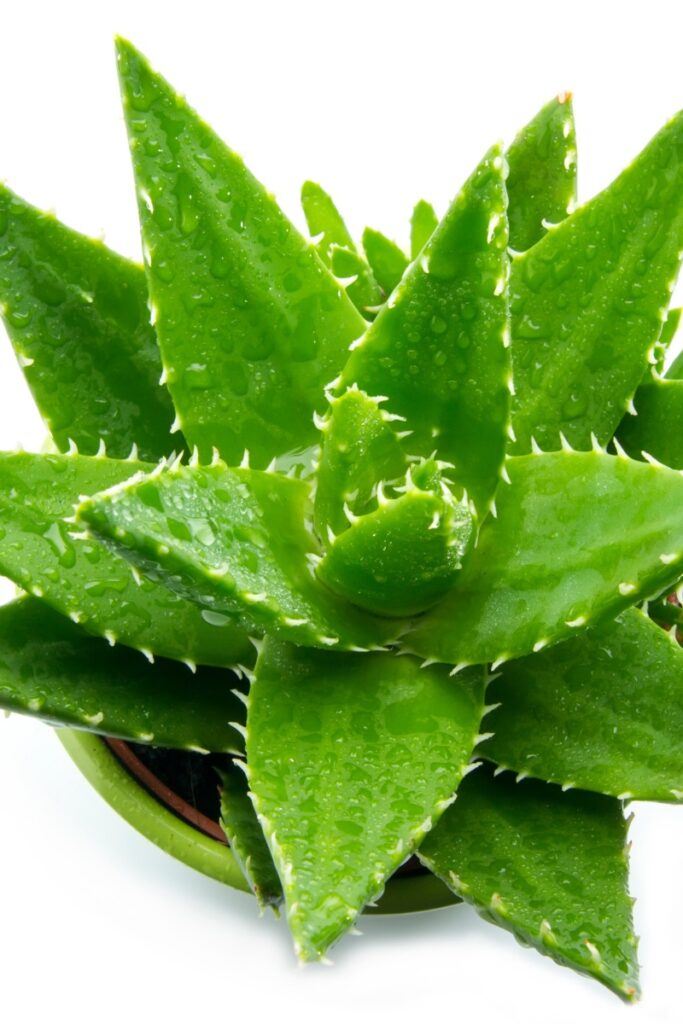
Pot size and shape matter
Aloe vera has surprisingly shallow roots, but that doesn’t mean it likes tight quarters. If your plant seems stalled in growth, the pot might be the issue.
Choose a wide container that gives the roots room to spread out. Depth isn’t as important as width, and drainage is key. Aloe hates sitting in soggy soil, so go for a pot with plenty of drainage holes and skip any saucers that hold standing water.
I usually size up when the roots start circling the pot or when the plant feels top-heavy and unstable. Moving to a bigger pot can give your aloe the boost it needs to keep growing strong.
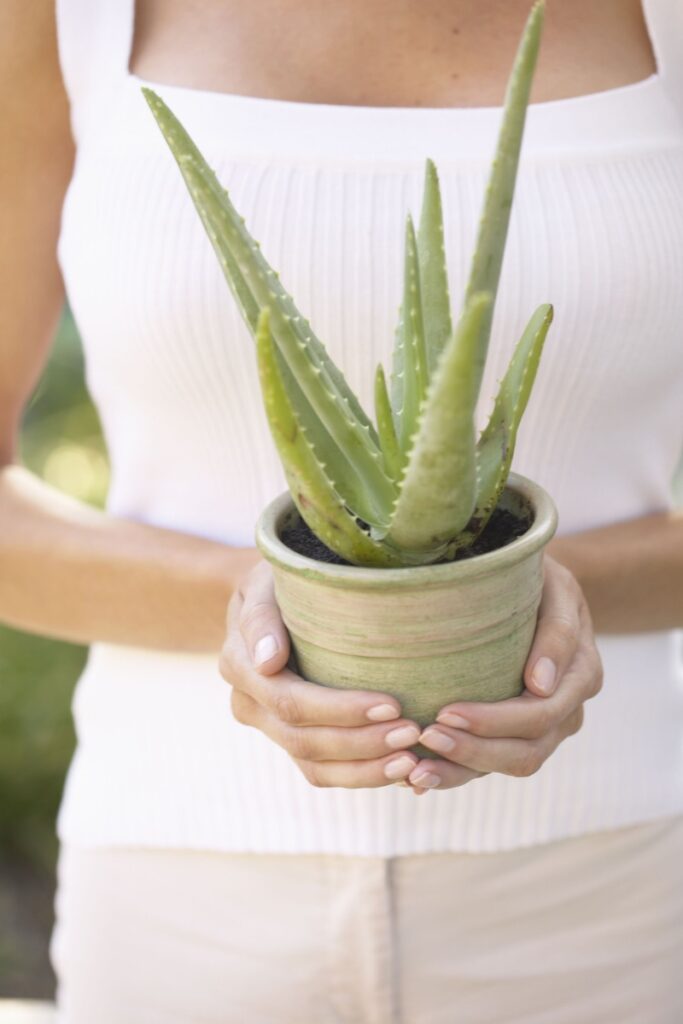
Soil and drainage tips for bigger plants
Aloe plants hate soggy feet. I learned that the hard way when I first used regular potting soil—it stayed damp too long and left the plant looking pale and droopy.
Now I use a gritty, fast-draining blend, usually a cactus mix with some pumice or coarse sand mixed in. It drains quickly and lets the roots breathe, which makes a noticeable difference in growth. I’ve found my aloe grows fuller and stands taller when the roots aren’t sitting in moisture.
If you’re mixing your own soil, skip the fine sand—it just compacts the mix. Go for something chunky and well-aerated. Healthy roots are the secret to bigger leaves, and great soil sets the stage.

How to water aloe without stunting it
Aloe is one of those plants that really prefers being left alone. The quickest way to stunt its growth, or worse, kill it - is to overwater. In other words - step away from the watering can!
For best results, let the soil dry out completely between waterings. I like to give mine a full week or more, sometimes even two, especially in cooler months. When in doubt, wait another day.
If your aloe is looking soft, mushy at the base, or the leaves feel extra squishy, it’s probably been watered too soon. On the flip side, when it’s thirsty, you’ll notice the leaves getting flatter or a little wrinkled.
Stick your finger into the soil a couple of inches down. If it’s still even a little damp, hold off. Once the pot feels light and the soil is bone dry, that’s your green light.
Feed strategically for maximum growth
Aloe vera doesn’t need a ton of fertilizer, but the right dose at the right time can really support bigger, healthier leaves.
In spring and summer, when aloe enters its active growing season, a gentle feeding schedule can encourage stronger root development and more robust growth. I usually fertilize once a month during these months using a diluted cactus-specific liquid fertilizer or compost tea. Go easy though—too much can do more harm than good.
If you're new to feeding aloe or want help picking the right products, I’ve shared my favorite fertilizers (including homemade options!) over in this detailed aloe fertilizing guide.
Quick tip: Avoid fertilizing in the winter or right after repotting. Your aloe needs time to rest or recover—not take in extra nutrients.
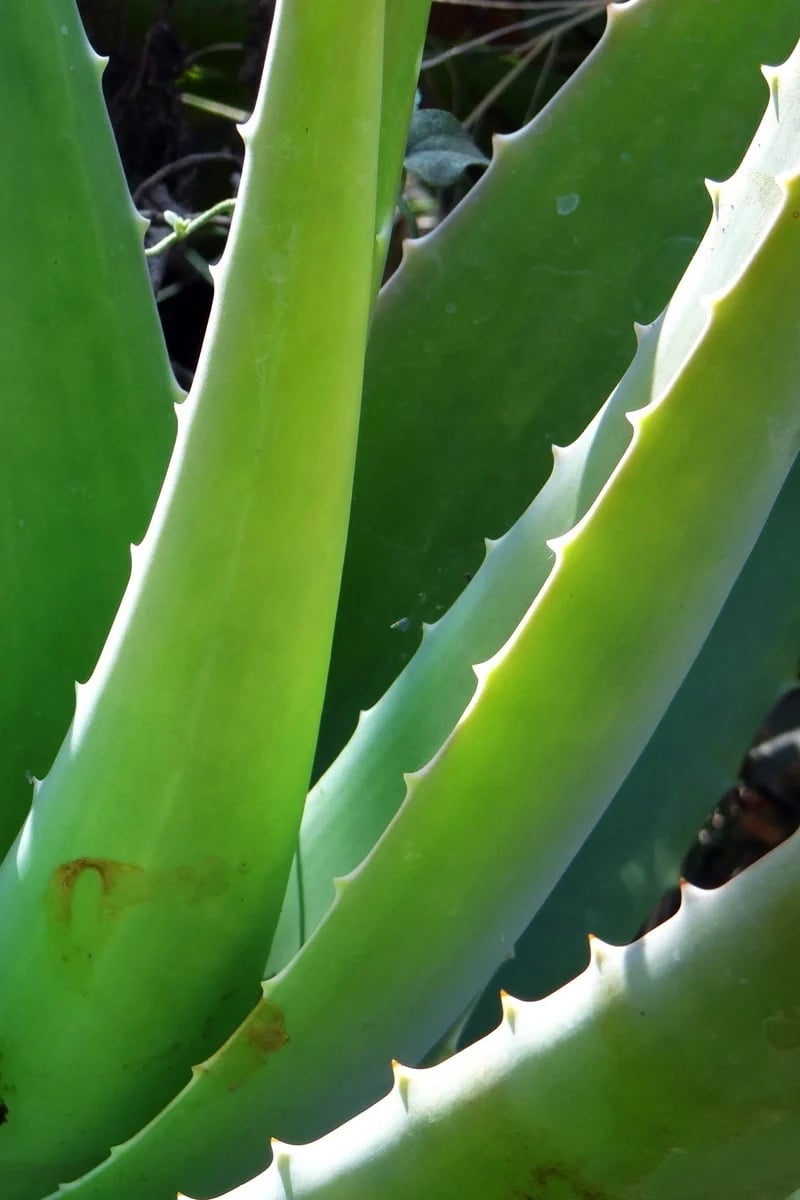
Remove pups to help the mother plant grow
If your aloe plant is producing pups (those sweet little baby plants that pop up around the base), it’s a good sign your plant is healthy and mature. But it also means the mother plant is now sharing water and nutrients with her offspring.
You don’t have to remove them, especially if you love the look of a full pot. But if your goal is to grow a large, thriving aloe, separating the pups can take the strain off the parent plant and redirect energy toward bigger leaves and stronger roots.
The best time to separate pups is during spring or summer, when the plant is actively growing. Wait until they’re at least a few inches tall and have some of their own roots, then gently wiggle them free and repot with fresh soil.
Bonus: You’ll end up with more aloe plants to keep or share. Win-win.
Give it time
Here’s the truth: even under perfect conditions, aloe vera is a slow grower. It is what it is...You might not notice big changes week to week, and that’s completely normal. What feels like “nothing is happening” is often just the plant building strong roots beneath the surface.
When I first brought my aloe home, I was checking it constantly, waiting for it to explode with new leaves. It didn’t. Not at first. But over the course of a year, with consistent light, careful watering, and the right soil, it filled out beautifully. Those thick, fleshy leaves take time to develop—and when they do, it’s worth the wait.
Try to celebrate the little milestones: a new leaf forming in the center, brighter green color, a pup emerging at the base. Those are all signs you're doing something right.

Common growth problems
If your aloe isn’t growing, or worse, looks like it’s struggling - there are a few things to check:
- Leaf curling or wrinkling usually means the plant is thirsty. Give it a good soak and wait for it to plump back up.
- Yellowing leaves can point to too much water or not enough light.
- A mushy base is often a sign of root rot, which usually comes from watering too often or poor drainage.
I’ve made all these mistakes. Overwatered, stuck it in a dim corner, forgot to repot it. But once I adjusted my care routine and gave it time, the difference was night and day.
So if your aloe’s taking its sweet time, hang in there. Growth is happening, you just might not see it yet.
Frequently asked questions
Aloe vera is a slow-growing succulent. With the right care, including plenty of sunlight, the right pot, well-draining soil, and occasional feeding, it can take 2 to 3 years for a small plant to grow into a large, mature one.
The most common reasons are lack of light, overwatering, or being root-bound in a small pot. Check that your aloe is getting at least 6 hours of bright, indirect sunlight and that the soil is drying out fully between watering.
Aloe vera has shallow roots but still benefits from a wide pot with room to spread. Too-small pots can slow growth and encourage overcrowding, especially if pups are present.
Maximize sunlight, use a cactus or succulent soil mix, water only when the soil is dry, and fertilize lightly during the spring and summer growing season. Repot every few years to refresh the soil and give the roots more room.
You don’t have to. But removing pups (baby plants) allows the mother plant to focus its energy on growing bigger. You can replant the pups to grow more aloe or give them away.
Yes, but it needs a sunny windowsill. South- or west-facing is best. If light is limited in winter, consider using a grow light to prevent your plant from becoming leggy or stalling.
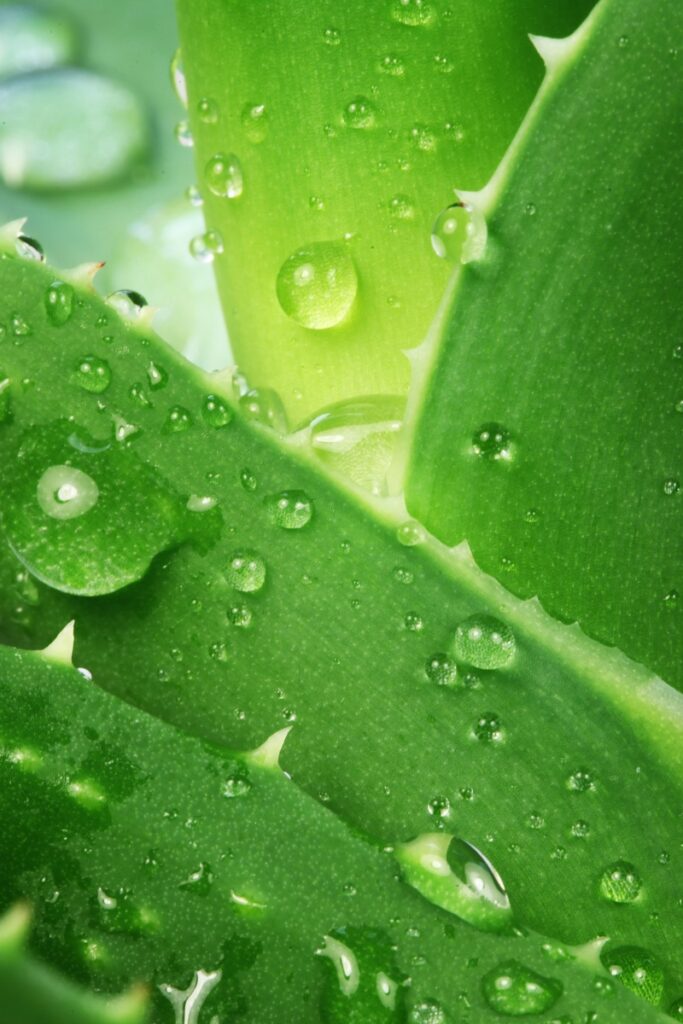
How to set your large aloe vera plant up for success
A healthy indoor aloe vera plant has thick, fleshy leaves that stand up tall. The plant boosts a bright green color and a healthy plant will grow offshoots known as pups. The key to a healthy thriving aloe plant is actually neglect - yes you read that right...neglect! They love it! Too much fussing and your plant will show signs of overcare.
Your healthy large aloe vera plant checklist:
- A sunny indirect light south-facing window
- Good soil made for succulents or cactus
- Infrequent but thorough watering
- Terracotta pot with drainage holes
- Consider moving outdoors for the hot summer months
- Fertilize very infrequently and only in the spring or summer
Whether you're caring for aloe or propagating pothos, you’ll find plenty of tutorials in the Indoor Plant Hub to help your houseplants thrive.
Growing a large aloe vera plant isn’t about doing more. It’s about getting the basics right—light, drainage, patience, and a little tough love. These slow-growing succulents reward simple, consistent care with thick leaves, fresh new pups, and a plant you’ll be proud to show off.
Whether you're just starting out or coaxing an older aloe to size up, I hope these tips help you feel confident and excited about your plant’s journey. And remember: progress might be slow, but it’s still progress.
Happy growing!












Good bless you for all this tips, I so much enjoyed them, thank you very much
Thank you for visiting the blog! Good luck with your Aloe!